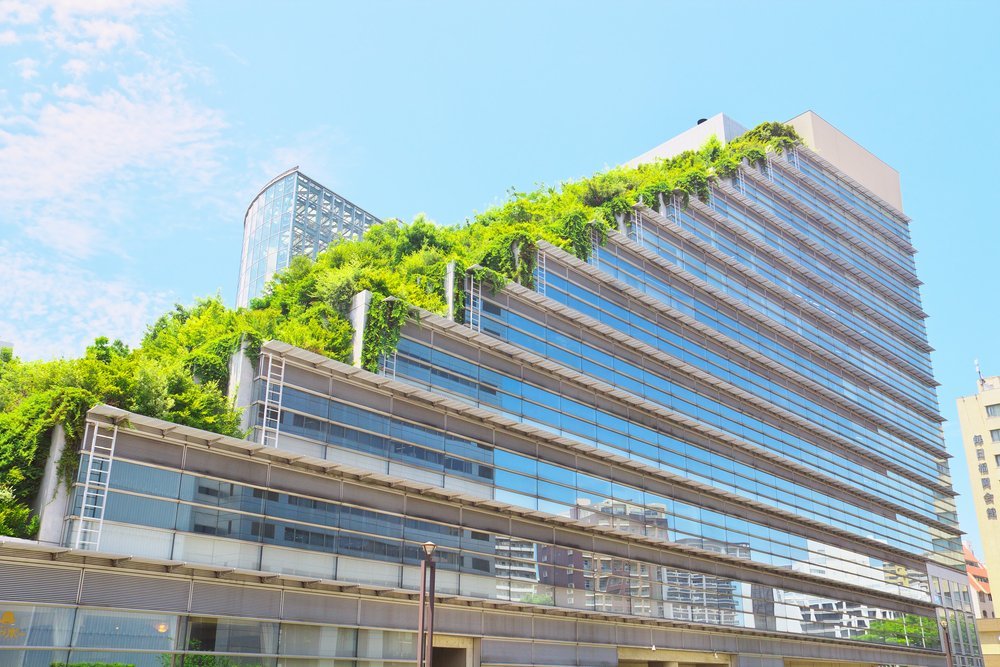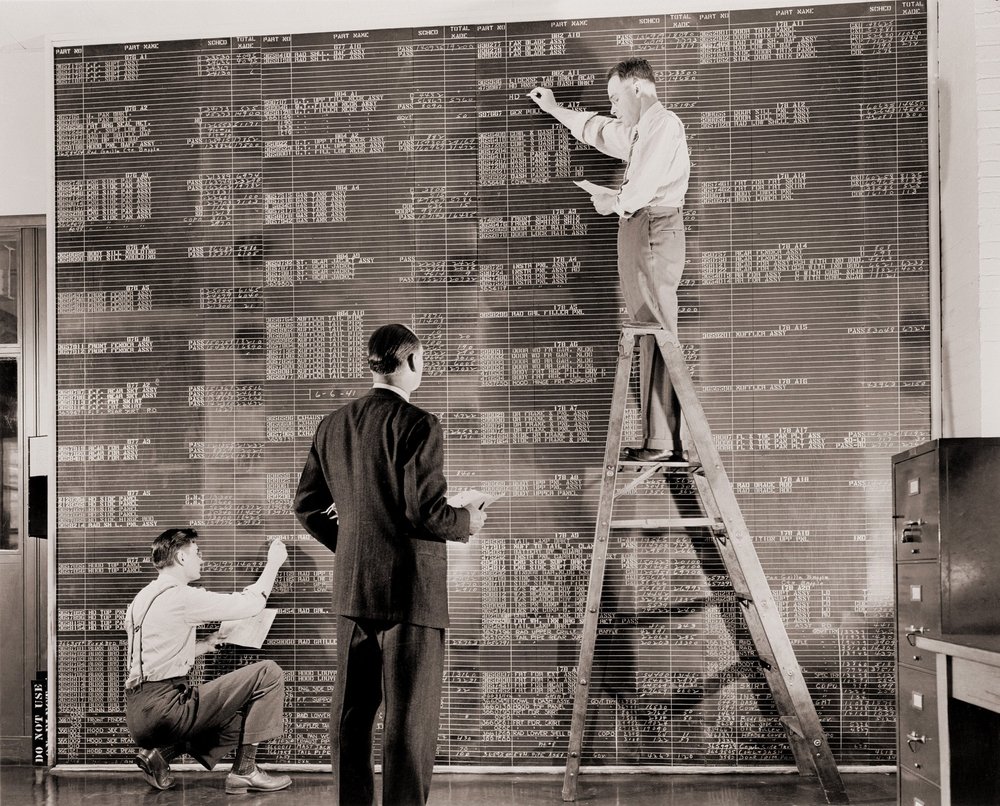More than 2,700 industry professionals attended GLOBALCON 2016 Conference and Expo in Boston. Attendees learned about the latest innovations in energy, power and facility management. The event was presented by the Association of Energy Engineers (AEE). It addressed new solutions in energy efficiency and management, high performance buildings, renewables and power management technologies.
Here are some of the key takeaways from this year’s conference:
Increased Focus on Renewables and Alternative Energy
Everyone is thinking about climate change, especially members of the AEE. Government policies and programs like the U.S. Environmental Protection Agency’s Clean Power Plan are driving interest in alternative forms of renewable energy. As a result, we’ll see an increased focus on hydro, tidal and biomass energy. A special EPA reserve is also expected to bring more attention to this area. It will incentivize the early adoption of zero-emitting wind or solar power.
There’s also a lot of interest in cogeneration, which produces both electrical and thermal energy from a single fuel. This highly efficient form of energy conversion can reduce greenhouse gas emissions and reduce utility expenses by up to 50%.
These technologies have all been around for a long time. But political will and public support are pushing renewable development as a top priority.
Crystal Ball Computing
Powered by cloud computing, predictive analytics take things a step further. They allow a building’s energy management system to foresee opportunities for energy savings. Further, they act upon them in real-time without need for human intervention. Instead of reporting consumption after-the-fact, the system automatically adjusts building controls. These changes, known as demand response, are based on variables such as weather, number of occupants and utility signals. According to AEE experts, this technology will be used more often in high-performance buildings.
Smart Building Monitoring
S.M.A.R.T. (Self-Monitoring, Analysis and Reporting Technology) and continuous building commissioning are increasingly being used to diagnose performance issues and increase efficiency. These “neural network” modeling analytics use a powerful computer data model to look at complex input/output relationships. They then perform “intelligent” tasks like those done by the human brain. Combined with an effective software platform, these analytics deliver real-time information about the performance of buildings and equipment. They can even recommend corrective action to help facility owners maximize efficiency and drive down costs.
Innovative Financing Technologies
So you’re a building owner who’s excited by all these new technologies but struggling to come up with the funds to make the necessary retrofits. This common challenge has given rise to a variety of rebates, incentives and innovative funding models. There are now lenders specializing in 100% financing for green renewable energy projects. These organizations offer debt and equity financing.
Property Assessed Clean Energy (PACE) financing also allows building owners to finance qualifying energy efficiency and clean energy improvements. This is done through a voluntary assessment on their property bills. There are also new technology solutions that promise to help guide users through rebate and incentive programs. And equipment lease financing options can help companies and property owners get cost-effective equipment.
The industry is moving at a fast pace now. But the AEE GLOBALCON allows industry experts to share ideas, learn about new technology and leverage best practices. It provides ideas for how to not only keep up, but lead the charge.
Photos: Maxim Blinkov, VioNet, hxdyl, tsyhun via Shutterstock.com

 Share on Facebook
Share on Facebook
